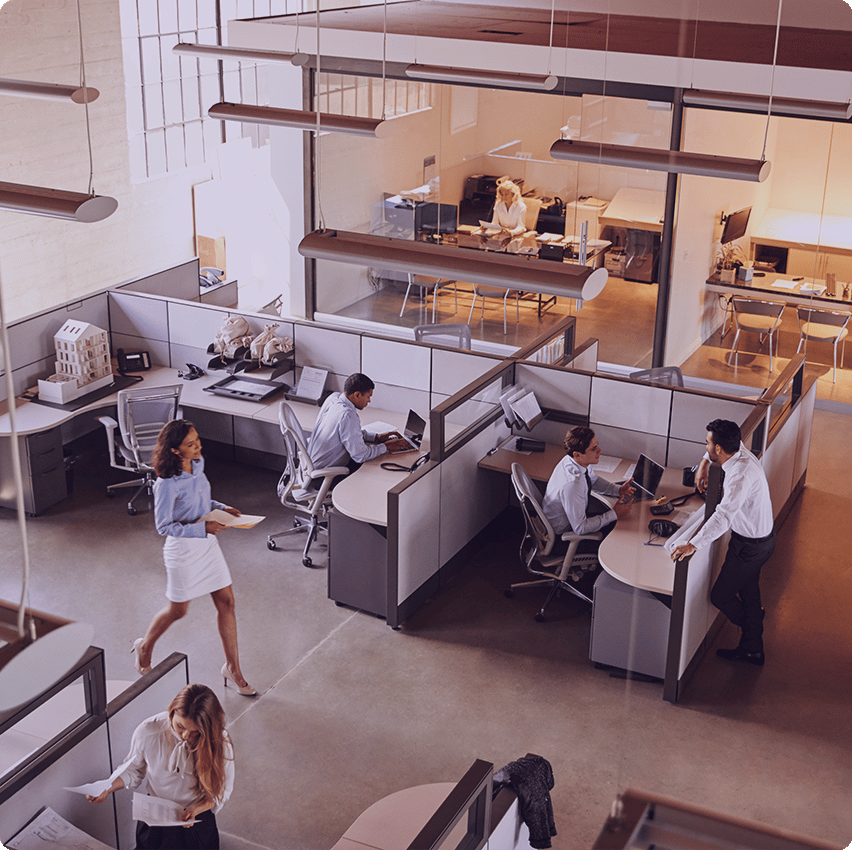An office people counter is a sophisticated system that gathers data on how facilities are used, utilizing advanced sensors and cloud-based software. This information is invaluable for making informed decisions about space efficiency, utility management, and accurate staffing levels.
Given that office real estate costs are typically calculated by the square foot, operators must ensure that their spaces are being utilized effectively. For instance, in Q2 of 2024, the average rental rate for office space in Silicon Valley was $5.41 per square foot. This underscores the significant financial losses associated with underutilized office environments.

Key Uses of Office People Counters
Let’s explore the primary reasons for counting people in an office setting.
1. Office Hoteling
Office hoteling is a flexible management style that has gained popularity since its inception in 2015, particularly following the shift to remote work during the pandemic. Instead of assigning dedicated desks, this approach allows employees to reserve workspaces for the days they are in the office.
According to Biz Tech, “Hoteling enables organizations transitioning to hybrid models to maintain physical offices with reduced square footage and lower costs. For employees, it ensures a workspace on in-office days, allowing team members to book desks nearby for collaboration.”
In many hoteling scenarios, an office people counter may not be necessary. Instead, room scheduling software and Bluetooth beacons can track workspace usage, providing data on check-ins and peak usage times throughout the week.
2. Space Utilization
For traditional office management or hot desking arrangements, understanding space utilization is crucial for informed decision-making. Office people counters, such as SenSource’s stereo video sensors, can be installed at entry points to gather data on overall traffic, peak hours, and occupancy rates.
With insights into foot traffic, operators can optimize staffing schedules, ensuring that personnel—from administrative staff to maintenance—align their hours with actual building usage. Additionally, analyzing how spaces like meeting rooms, cafeterias, and restrooms are utilized can reveal opportunities for repurposing underused areas or improving wayfinding with better signage.
In a post-COVID world, concerns about health risks in crowded spaces are paramount. Office people counters can track real-time occupancy levels, enabling operators to manage the number of people in common areas and meeting rooms effectively.
Compared to room scheduling software, which requires users to install apps and keep Bluetooth activated, sensors provide a more accurate and user-friendly solution. They operate autonomously, with accuracy rates exceeding 98%, making them an ideal choice for monitoring occupancy.
Best Practices for Implementing Office People Counters
- Assess Your Workspace Management Style: Are you using a traditional setup or a hybrid approach?
- Determine Accuracy Requirements: Consider how precise the data needs to be for your operations.
- Develop a Data Collection and Analysis Strategy: Plan how you will gather and interpret the data.
- Plan for Future Needs: Ensure the office people counting system can scale as your requirements evolve.
By leveraging office people counters, organizations can significantly enhance their understanding of space usage, leading to more efficient operations and cost savings.
Ready to learn more? Contact us for a live demo!
